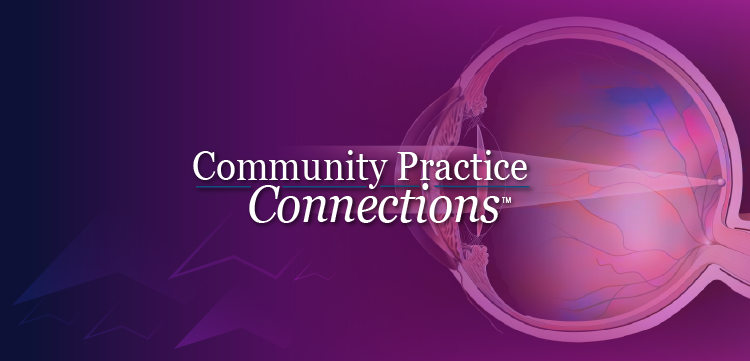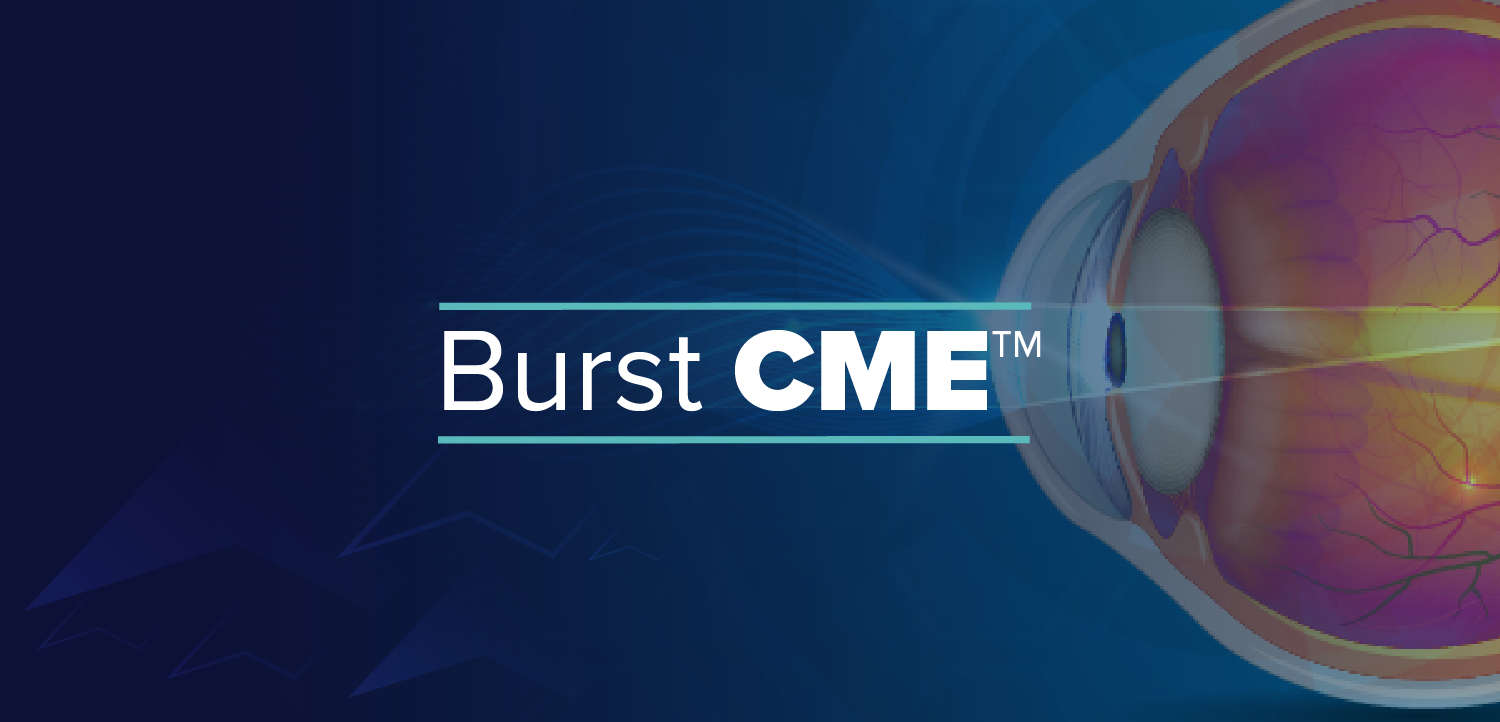The dilemma with normal tension glaucoma treatment
Curcumin: A possible candidate for neuroprotection in glaucoma?
There are several contributing factors that lead to us facing a dilemma in our treatment of normaltension glaucoma (NTG) patients. It is known that at least a third of our glaucoma patients, both in Europe and the US, have normal pressures but currently treatment still involves lowering intraocular pressure (IOP), which is possible to about 30% with surgery only. Even with this reduction in IOP there is still a large amount of patients progressing.1
Additionally, normal methods of treatment of glaucoma patients who have elevated IOP, such as monitoring and preventing nocturnal dips of systemic blood pressure doesn't help in NTG patients as most have low blood pressures. Even though we have had the first indications that neuroprotection beyond IOP reduction is now possible there are too many allergic reactions with Brimonidine,2 so there is a need for real neuroprotection.
Natural compounds: An option
There are currently 33 NIH-sponsored trials involving Curcumin.
Curcumin
Studies of Curcumin have increased exponentially in recent years and over 2000 papers have been published since 2000. These studies demonstrated that Curcumin has antioxidant, antibacterial, antiviral, antifungal, antiinflammatory and antiproliferative as well as proapoptotic effects. Potential therapeutic effects of this compound on various diseases, including neurodegenerative, cardiovascular, pulmonary, metabolic or immunerelated diseases, malignancies and infectious diseases, including AIDS, have been suggested. The biology of the effects of Curcumin has been under intensive study and curcumin is now known to have numerous molecular targets. Diseases for which there are ongoing clinical trials with Curcumin include Alzheimer's disease (AD), psoriasis vulgaris, multiple myeloma, pancreatic cancer, familial adenomatous polyposis, and sporadic adenomatous polyps of the colon.3
Newsletter
Get the essential updates shaping the future of pharma manufacturing and compliance—subscribe today to Pharmaceutical Technology and never miss a breakthrough.













































